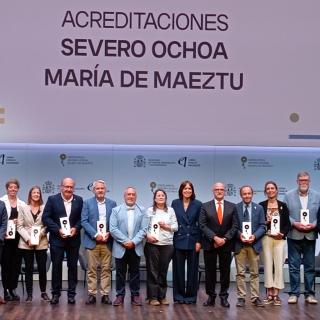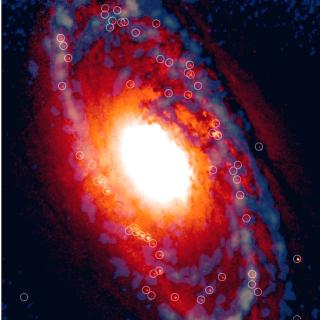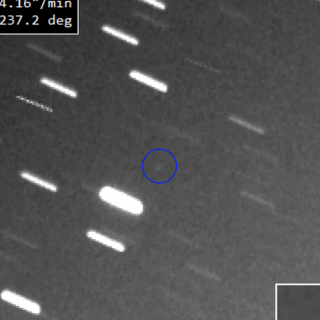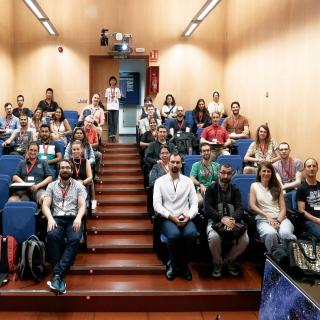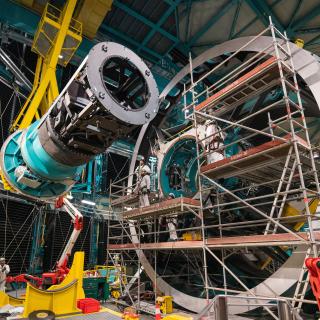
During the week from 16th to 20th September the International Conference LSST@Europe 6 will be held in La Palma a meeting which will bring together some 140 researchers in astrophysics from more than 20 countries. At the meeting the latest advances in the LSST project, a front-lione initiative in the exploration of the Universe which will be carried out at the Vera Rubin Observatory in Chile and which has close collaboration from the Instituto de Astrofísica de Canarias (IAC). The project consists in carrying out a new and detailed census of the sky, called the Legacy Survey of Space and
Advertised on

